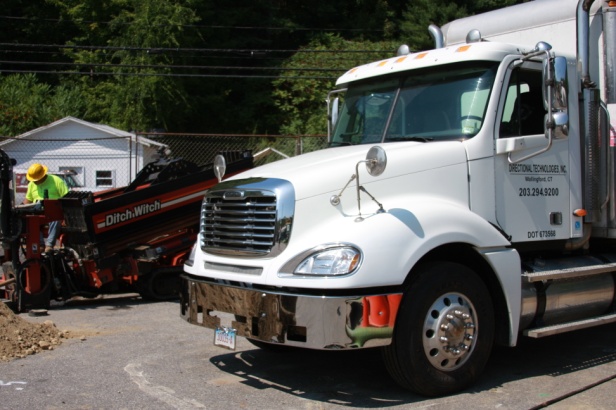Directional Drillers – Pioneering a New Dawn in Directional Drilling
Directional drilling is made use of when you need to reach a target that is not directly beneath an area where vertical drilling cannot be utilized. Directional drillers drill a curved well to reach the proposed target and thus can drill from a distance while the area above the targeted deposit remains undisturbed. Skilled directional drillers can create perfect directional well designs and follow it to the dot, reaching reservoirs that exist under shallow lakes, protected areas, railroads, or any other area on which a rig cannot be set up. Directional drillers drill skillfully to reach thin reservoirs of natural gas or crude oil or other deposits underground.
In case of soil or groundwater contamination, the pollutants can be easily accessed by employing directional drillers to reach the target area. Directional drillers make use of cameras and radio transmitters to ascertain the exact location of the driller head. As directional drilling may run up to 2,000 feet or more and can bend at any angle vertically as well as horizontally thus aiding an ease of access to the marked spot of soil. It is estimated that more than a thousand such wells exist in the United States and the horizontal drillers have been made use of primarily for ground-water extraction, soil vapor extraction, air sparing, and other methods such as hydraulic control, free product recovery, and bioremediation/bio-venting.

In cleaning contaminants and pollutants from the soil, directional drillers create better avenues for efficient cleaning by increasing the linear footage of well screen in contact with the contaminated zone, when compared to a vertical well screen, where multiple drill holes will have to be made to cover a minimum spread. Moreover, we can drill beneath surface obstructions and prohibitions or under a building site without disturbance only with directional drilling which in contrast to either vertical drilling or trenching operations is the best recourse.
Directional drilling outscores the vertical kind as the horizontal entry into the reservoir allows it to be drained more efficiently. Directional drilling is most cost effective and labor friendly in the construction of offshore rigs as these offshore rigs can gain access to deposits that are not directly beneath the rig, meaning that 20 or more wells can be drilled from a single rig, making it much more cost effective to drill offshore. Directional drilling entertains and demonstrates the concept of grouping the well-heads together to one surface location which necessitates decreased investment, and make it easier to complete and produce the wells.
One of the major issues that the directional drillers are faced with is in the installations of PE pipe which most often breaks upon stress. It may as well act overstressed when the pulling forces of the drill rig often exceed that on the pipe end. Experienced directional drillers have overcome this problem by installing a weak link between the drill stem and the pipe which breaks when safe load limit is exceeded. Horizontal directional drilling is one of the most noteworthy innovations in the field of drilling and exploration that will likely find countless new applications as the technology is developed.
Stared in 1984, Directional Technologies has since been the #1 directional driller in the country. The companies’ experience in the oil field, environmental remediation industry and utility industry allows us to complete projects that were previously considered unfeasible.
For additional information contact:
Kathy Sequino
203-294-9200